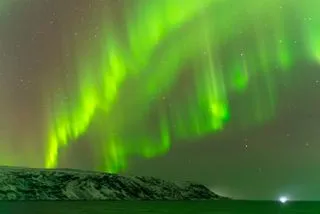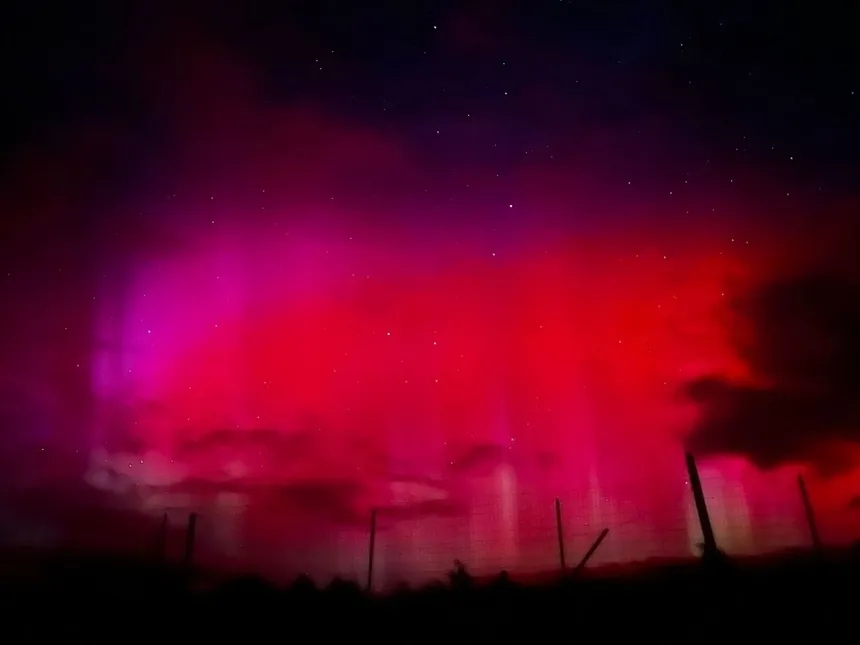This week, NASA witnessed one of the most intense solar storms in decades, which has left experts thrilled and eager to study the phenomenon further. The solar storms, which began on May 7, were marked by a series of powerful solar flares and coronal mass ejections, culminating in the most significant solar flare seen in the current cycle on May 14. As a result, the Earth’s magnetic field responded with a geomagnetic storm, which was rated as a G5 – the highest level since 2003.
The effects of the solar storm were visible across the globe, with stunning auroras observed in regions that don’t typically witness this phenomenon. The visibility of the auroras extended far south of the North Pole, with reports coming in from as far as British Columbia and the United States. The scientific community is thrilled at the opportunity to study this event, as it provides valuable insights into the workings of the sun and its effects on Earth.
“This week’s event will help us test the limits of our models and understanding of solar storms,” said Teresa Nieves-Chinchilla, acting director of NASA’s Moon to Mars (M2M) Space Weather Analysis Office. NASA scientists are keen to analyze the data collected during this period to better understand the sun’s 11-year cycle of increasing and decreasing activity and to refine their models for predicting solar storms.

Solar Storms Unleash Spectacular Auroras, Scientists Gain Valuable Insight
One of the key aspects of this event is the role of citizen science, which has enabled amateur astronomers and regular people to contribute to the research by capturing images of the auroras. “Cameras – even standard cell phone cameras – are much more sensitive to the colors of the aurora than they were in the past,” said Elizabeth MacDonald, NASA heliophysics citizen science lead. The agency is urging people to submit reports of their experiences, whether they witnessed an aurora or not, to Aurorasaurus.org to aid in the scientific research.
The recent solar storms will continue to impact Earth’s magnetic field, but the region where most of the activity was emanating from has now turned away from our planet, so we shouldn’t expect any extraordinary auroras in the near future. However, NASA scientists are keen to see how Mars will fare in the coming days, as it is currently situated ahead of Earth and will continue to receive a direct view of the solar activity.
As the scientific community continues to analyze the data collected during this event, they are eager to learn more about the factors that contributed to its intensity and to refine their predictions for future solar storms. For now, the stunning auroras that were visible around the world will remain a cherished memory, providing a Look into the awe-inspiring power of the sun.








































